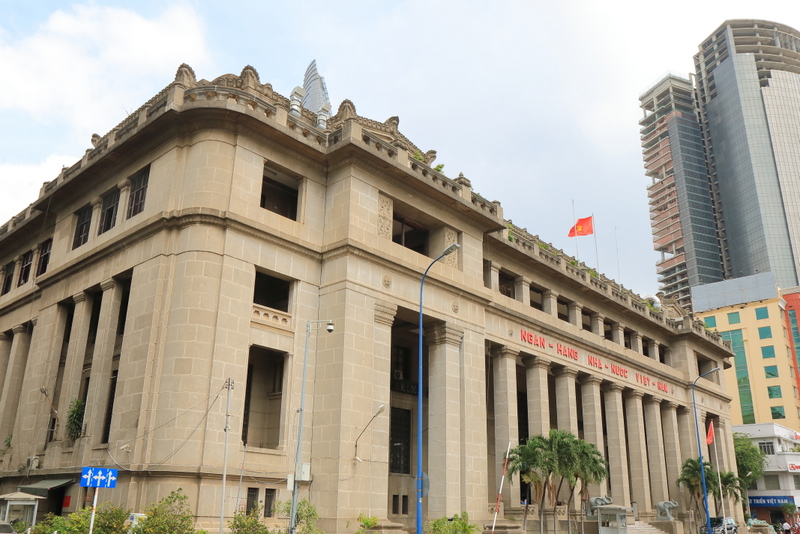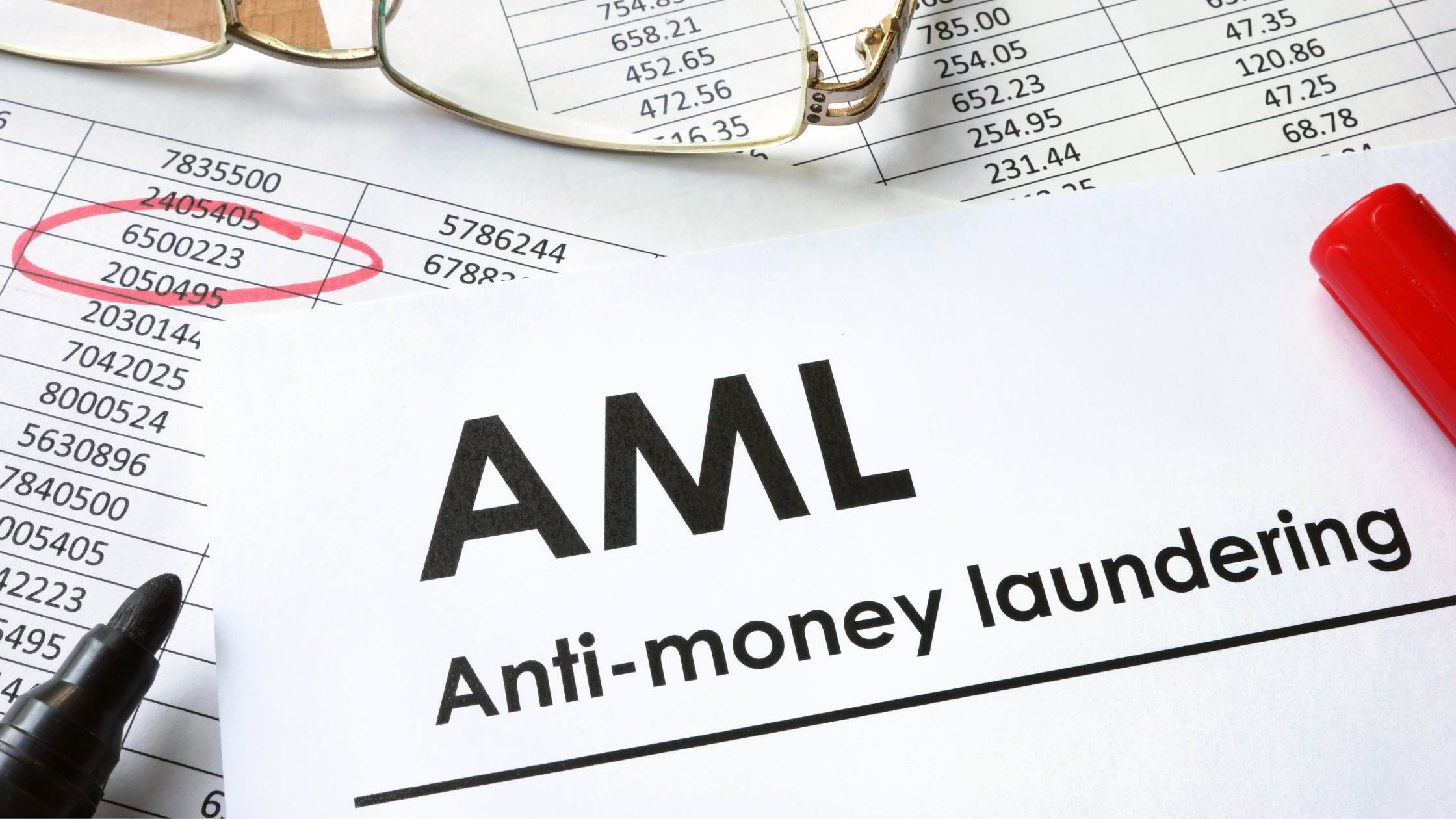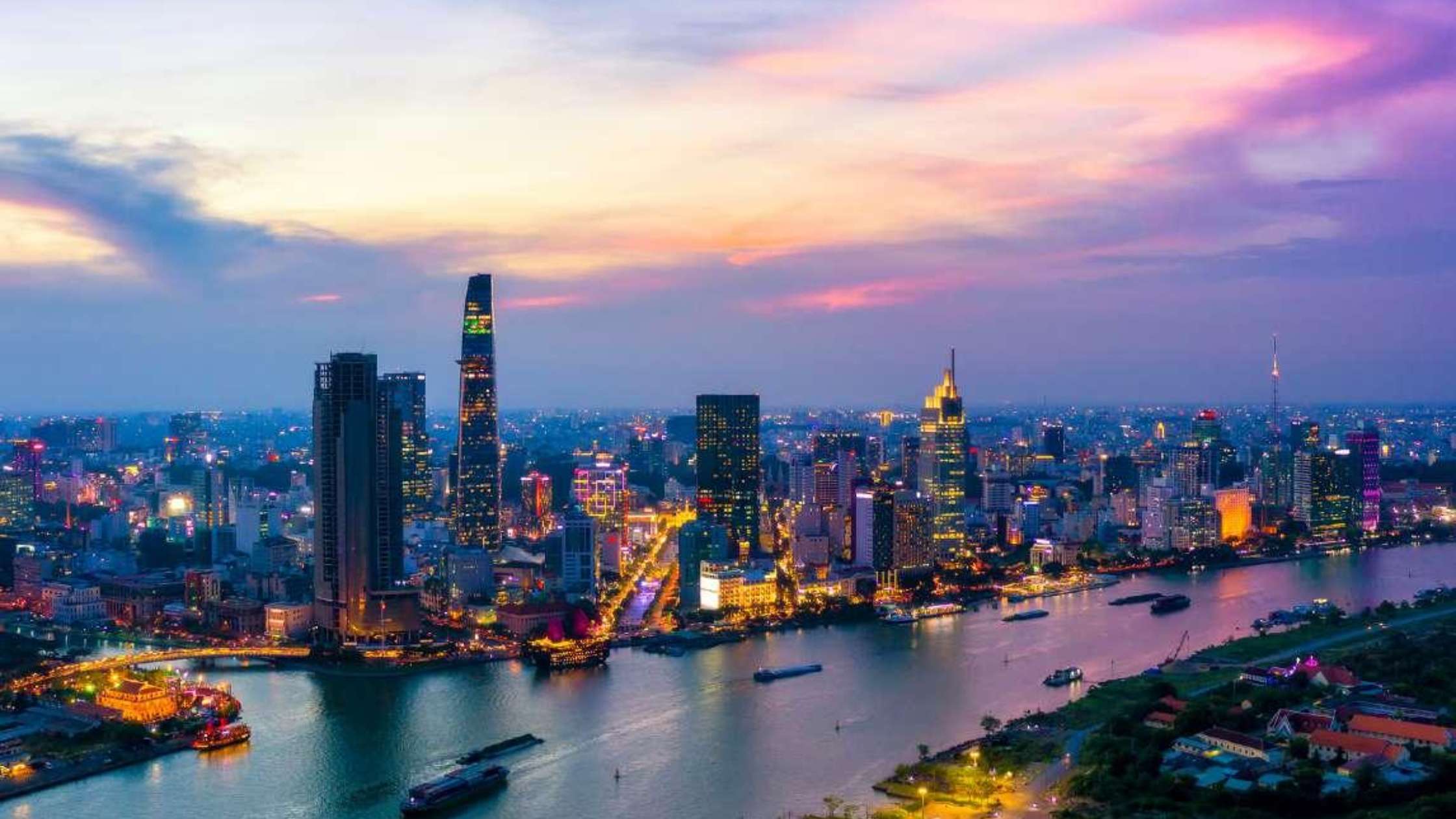![]()
By, Vaibhav Saxena, Foreign Counsel
Vietnam International Law Firm (VILAF)
Hanoi, April 1, 2024 – Vietnam’s power sector is set to maintain its momentum with the initiation of the Prime Minister’s Decision No. 262, promulgating the “PDP-8 Implementation Plan”. This plan lays down the groundwork for the Decision No. 500 (“PDP-8”) of the Prime Minister, which was dated May 15, 2023.
The PDP-8 Implementation Plan aims to achieve balanced development of power sources across the regions, ensuring supply-demand parameters. It also focuses on maintaining feasibility, synchronization, and flexibility among various power sources and grid development. The plan is committed to tracking progress and resources for implementing priority schemes and projects on refining policies and strengthening the scientific and technological capacity of the entire power industry, with a forecasted land requirement for 90.3 thousand ha by 2030.
Power Sources by 2030
The plan outlines a diverse mix of power sources by 2030, including domestic gas, LNG, coal, co-generation, hydropower, and renewable energy sources such as wind, hydro, biomass, and solar. The total capacity of these sources is expected to reach significant figures, with coal and hydropower leading the way.
| Source | Total Capacity (MW) |
| Prioritised power sources | |
| Domestic Gas | 14,930 |
| LNG | 22,400 |
| Coal | 30,127 |
| Co-generation (residual heat and flue gas) | 2,700 |
| Hydropower (medium and large) | 29,346 |
| Pumped Storage Hydropower | 2,400 |
| Renewable energy (RE) | |
| Offshore Wind | 6,000 |
| Onshore Wind (incl. nearshore) | 21,880 |
| Small Hydro | 29,346 |
| Biomass | 1,088 |
| Waste-to-Energy | 1,182 |
| Rooftop Solar (off grid) | 2,600 |
| Battery Storage (hybrid power sources prioritised) | 300 |
| Other Power Sources | |
| Flexible | 300 |
| Import (Laos) | 5,000 – increase upto 8,000 |
| RE Export (central and south) | 5,000 – 10,000 |
| RE to produce Hydrogen, Green Ammonia for domestic and export | Upto 5,000 (mainly offshore wind source) |
From the above it is evident that the government has ambitious plans for the primary period of PDP-8 being from 2021 to 2030, to be revisited on a five years interval as per the planning laws to be in conformity with the socio-economic development during each period. However, targets seem quite challenging when looking to the remaining period from almost mid-2024 which leaves almost six and a half year for the investors to get the projects moving, while struggling for financing streams and further expecting policy clarity on certain upcoming policies such as the direct power purchase agreement (DPPA) regime, guidance of rooftop solar, more technically and financing pro sound regulation refinements to support the planned development for wind offshore and LNG-to-power, gas pipeline, pilot BESS projects etc. Including but not limited to implementation of the Vietnam wholesale electricity market for accuracy on the tariff ranges and auction mechanism to smoothen investor selection. On the sidelines it seems that the carbon credit market to implement NDCs, trading and exchange of RECs are stressed by the government leaders, whereas, the FDI companies are under global pressure for green production and ESG compliances by the origin/importing countries.
Industrial Ecosystem and Energy Services
The PDP-8 Implementation Plan also includes the development of two inter-regional renewable energy industrial and service centers by 2030. Signaling that Vietnam is poised to have a significant impact with the integration of renewable energy into its energy mix and far reaching to its neighbors energy hunger. These centers will be located in the North (Hai Phong, Quang Ninh, Thai Binh,…,) having scale of offshore wind at 2,000 MW, onshore and nearshore wind at 500 MW and South-Central, Southern (Ninh Thuan, Binh Thuan, Ba Ria – Ving Tau, Ho Chi Minh City, …) regions of Vietnam having scale of offshore wind at 2,000 MW to 2,500 MW, onshore and nearshore wind at 1,500 MW – 2,000 MW, and will also set up equipment manufacturing facilities to serve renewable energy development, seaport services, logistics for construction, installation, and O&M. Strategic placement of the said centers indicate further energy security boost for the domestic consumption as well as exports, when in parallel running through the coast lines to support territorial limits.
Investment Prospects
The plan outlines investment figures from public capital by 2030 to be 50 billion VND for priority projects and 29,779 billion VND for rural, mountainous, island areas. It further notes on private and other sources capital requirements for 3,223 trillion VND (approx. USD 134.7 billion) by 2030. Of this, investment in power sources is approx. 2,866.5 trillion VND (approx. USD 119.8 billion) and investment in the transmission network is approx. 356.5 trillion VND (approx. USD 14.9 billion). Phasing shall be as follows:
- For 2021 – 2025: 1,366.2 trillion VND (approx.. USD 57.1 billion). Of which, power source is 1,150.9 trillion VND (approx.. USD 48.1 billion) and transmission grid is 215.3 trillion VND (approx.. USD 9 billion).
- For 2026 – 2030: 1,856.7 trillion VND (approx.. USD 77.6 billion). Of which, power source is 1,715.6 trillion VND (approx.. USD 71.7 billion) and transmission grid is 141.2 trillion VND (approx.. USD 5.9 billion).
Investment figures looks appealing but will need apt policy plinth to realize the planned potential. Especially when Vietnam has already adopted the global minimum tax regime covering both Qualified Domestic Minimum Top-Up Tax (QDMTT) and Income Inclusion Rule (IIR) and to compensate for that the Ministry of Planning and Investment is tasked to formulate investment support policies in order to keep the FDI climate competitive while aligning with the macroeconomic spheres.
With the PDP-8 Implementation Plan, Vietnam does remain optimistic to maintain its power momentum, offering enormous economic and investment prospects. The plan invites participation from economic stakeholders for energy industry development, promising a bright future for the investors, lenders and the entire industry eyeing for Vietnam to be the new economic hub of South-East Asia. On one hand, speedy actions have been taken on a theoretical basis from the policy front. On the other hand, practical implementation is to a greater extent is expected to be explored to achieve the set targets with the teaming up of the relevant stakeholders.

















 Ngoc Anh Bui
Ngoc Anh Bui Tung Ngo
Tung Ngo Anh Dang
Anh Dang Phong Tran
Phong Tran Linh D. Nguyen
Linh D. Nguyen Quynh Pham
Quynh Pham Trung Vu
Trung Vu Hien Truc Nguyen
Hien Truc Nguyen Hung Q. Nguyen
Hung Q. Nguyen Hao Nguyen
Hao Nguyen Duyen Ha Vo
Duyen Ha Vo Hien Tran
Hien Tran Ha H. Luu
Ha H. Luu Ngoc Luong Trinh
Ngoc Luong Trinh







